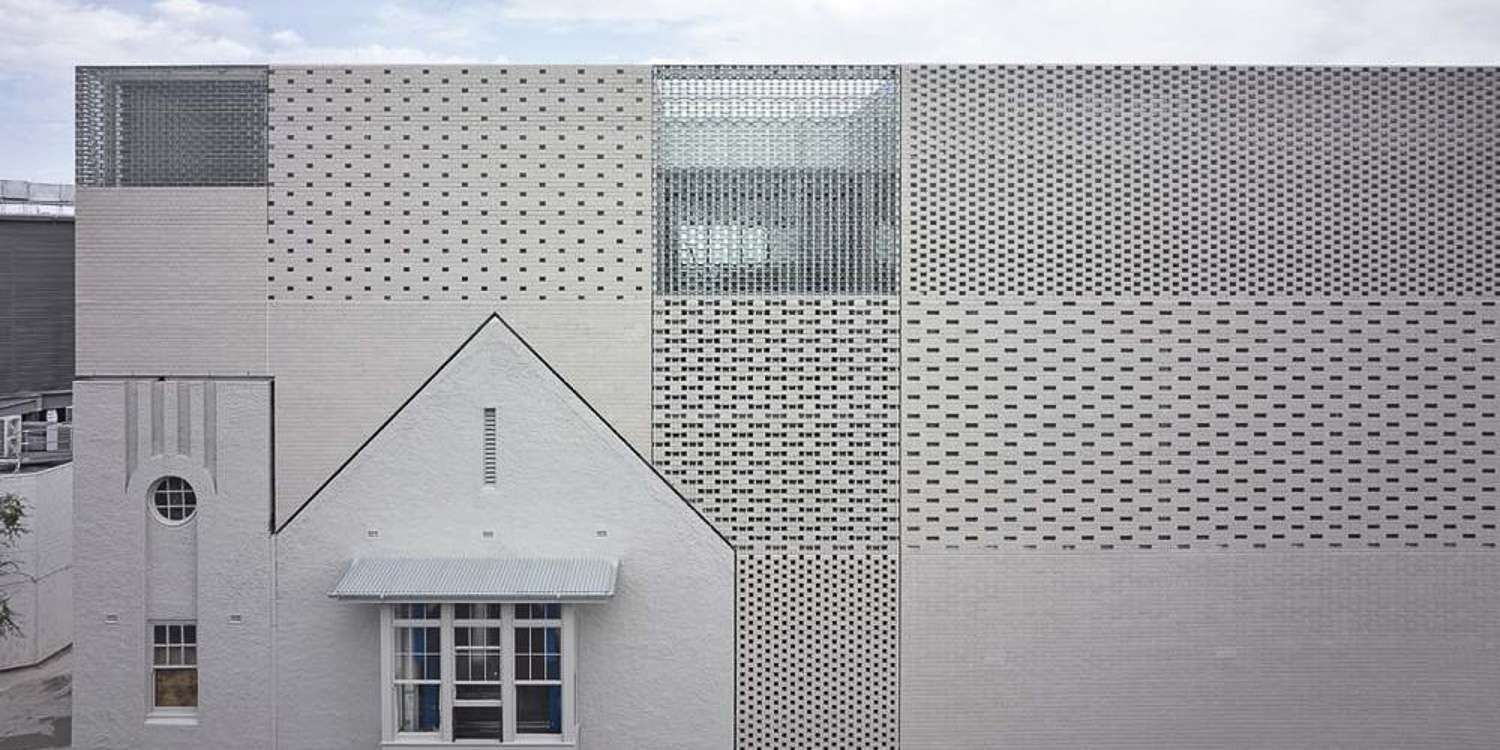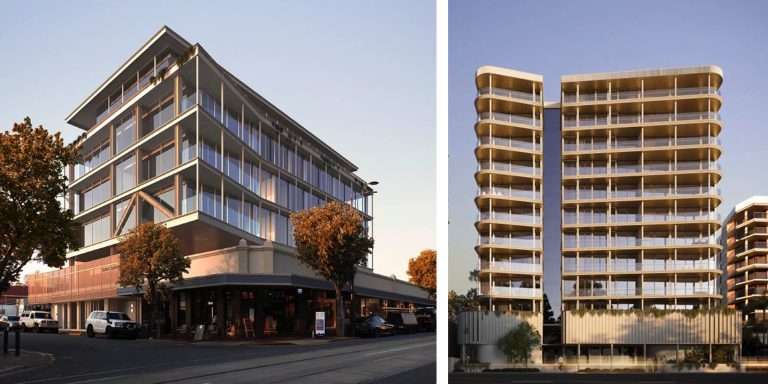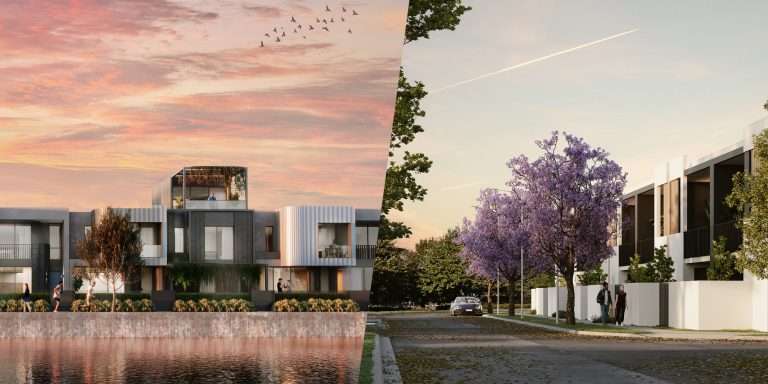We’ve now had some time to reflect on the VPELA conference held in Lorne recently.
Stuart Harrison and Kerstin Thompson really got us thinking about the role of planning policy in the assessment of the adaptive reuse of buildings of heritage value.
Many of the great examples they showed us challenged conventional planning provisions. Provisions that state that the new should be setback from the old, for example.
In the end, a great architectural narrative that explains how a proposal is site and context responsive should win the day. The Melbourne Holocaust Museum is a fascinating example of architecture that challenges many planning provisions with a spectacular outcome (see image above courtesy of Kerstin Thompson Architects).
Stuart and Kerstin acknowledged that designers do not always deliver their design narrative as clearly as they should at the development assessment stage.
Kerstin relayed a message from an experienced planner that ‘planning guidelines are not there for great development, they are there to make poor development better’. This may or may not be so.
What is clear is that it is incumbent upon design professionals to clearly explain their design approach. It is equally incumbent on assessing planners to apply planning provisions in a flexible way if we are to achieve the exciting adaptive re-use of historic buildings that make our cities so rich.



